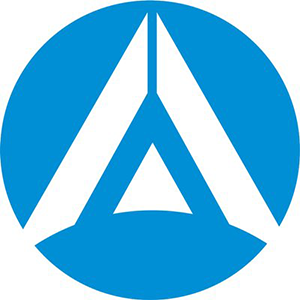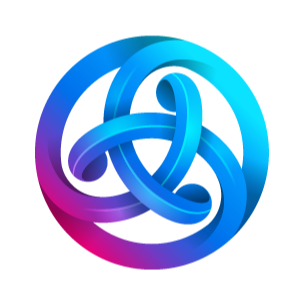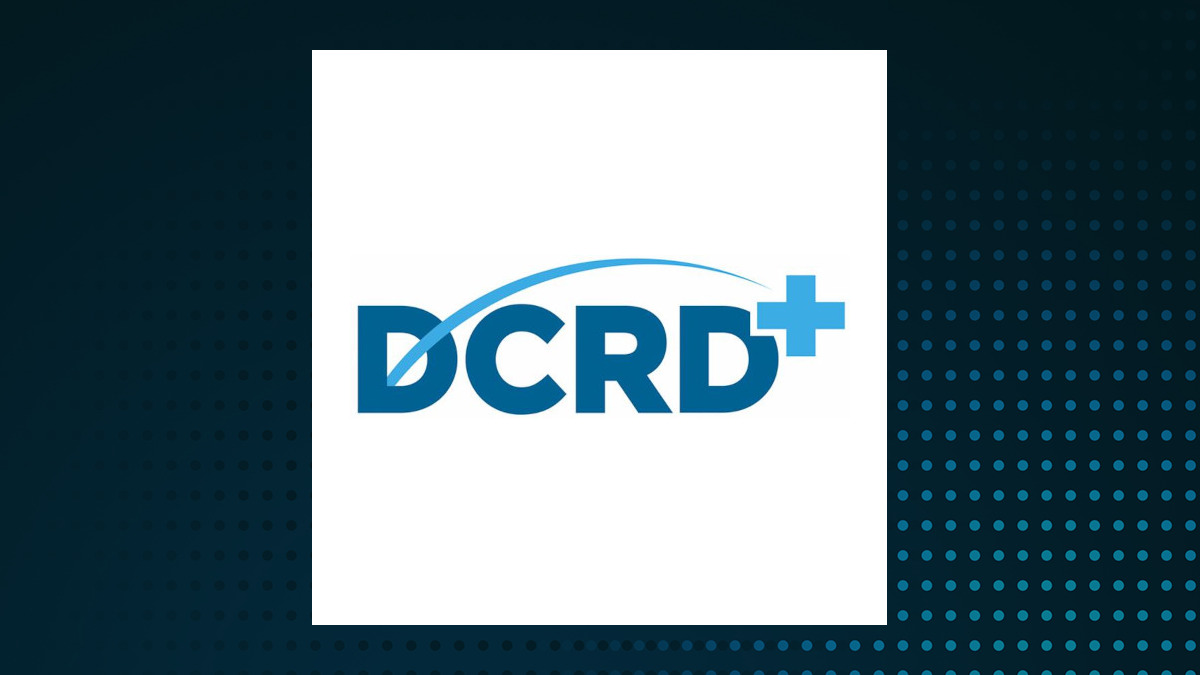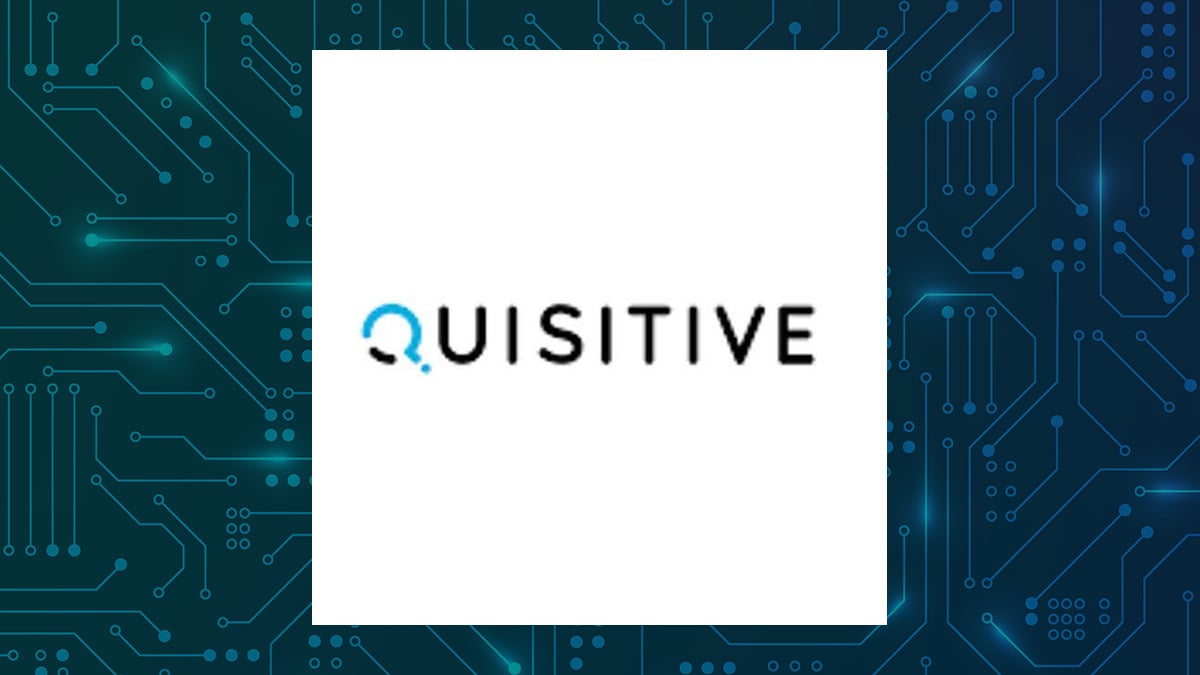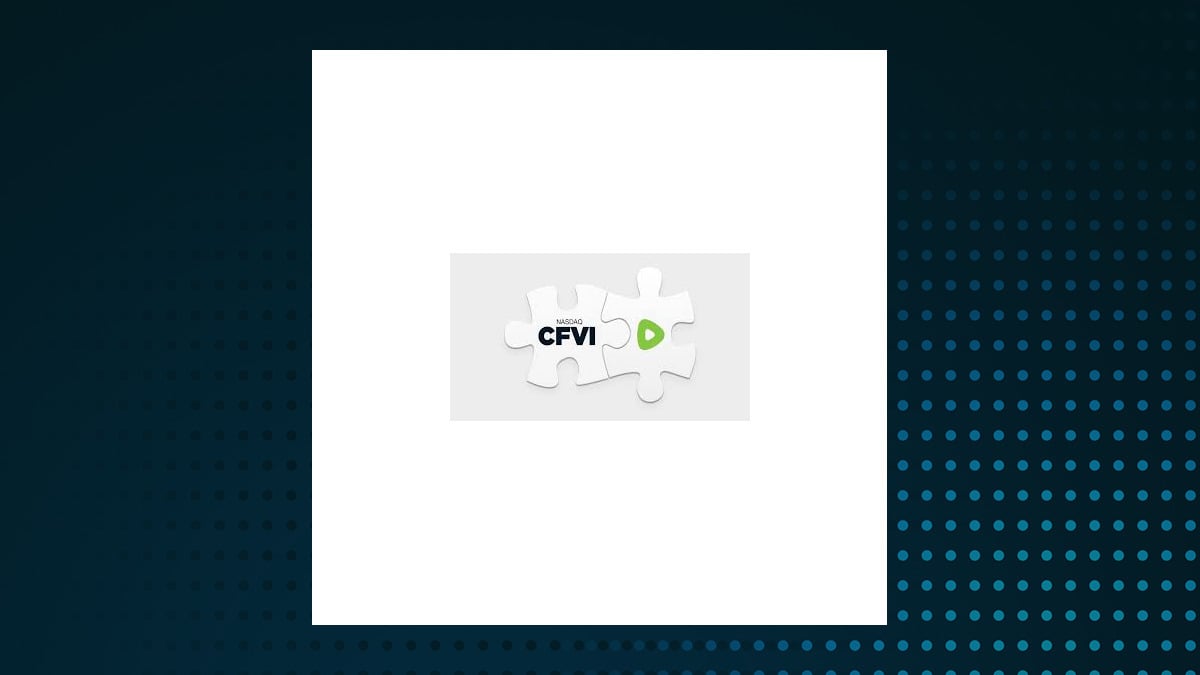
After YouTube announced new creator tools and product updates at its Made on YouTube event Wednesday, CEO Neal Mohan emphasized that security, especially surrounding updated AI tools, remains “top of mind” for the tech giant. “YouTube occupies a truly unique space,” he explained during an onstage Q&A session at the end of the event. “We get to work closely with cutting-edge technologies that are invented at YouTube, invented at sister organizations like Google DeepMind.
” The company has settled into a place where it is “very gradual about the rollout of these technologies instead of just putting it out there and seeing what happens.” As far as potential misuse of AI, Mohan continued, “This is really what the name says. It’s a tool.

It’s about streamlining” the creative process. In a separate interview with reporters after Mohan’s Q&A, senior execs were asked how the AI tools would respond if a creator were to type in “Kamala Harris,” for example. With just weeks remaining before the election, concern remains elevated about the potential for deepfakes or misleading images and videos skewing the vote.
(Politics, not surprisingly, was not mentioned during the hour-and-a-half presentation.) Chief Business Officer Mary Ellen Coe affirmed that “all things created by creators with the tools are subject to our community guidelines. So, they will go through our same trust and safety systems.
” She added that if material is generated synthetically, “it is automatically labeled as such.” Amjad Hanif, VP of Product Management, Fan Funding at YouTube said plugging “Kamala Harris” into the tool would prompt it to ask, “Does this output actually match something that already exists?” He explained, “We’ve built the technology to be able to identify, like, actually, this is mimicking or really closely resembling something that exists and we don’t want you to create things that already exist and the IP of others. Creators can create things across a broad spectrum.
We tend to let creators create and use tools as they would, but the pressure and the onus is on these creators to use discretion with what they create and what they put out. We have some safeguards around things that we don’t want the tool to be used for. That line is always a little bit blurry and it’s something that we’re always defining.
” On a less ominous note, Coe was asked about the company’s push to get its creators recognized by the Television Academy with Emmy nominations. Mohan made that campaign a centerpiece of his remarks at the company’s annual Brandcast pitch to advertisers last May, emphasizing the company’s belief in the quality of its programming. Ultimately, “we didn’t learn anything” from tubthumping, Coe said with a laugh.
“We continue to believe that they make incredible content. I think about it like it’s independent filmmaking and storytelling. With such an array of scripted and unscripted fare on offer, “We think this is all going to get picked up.
Fans love it and the committees are going to have to reckon with it.” Pat McAfee’s crossover success, she said, is “Exhibit A” for the notion that YouTube creator content should be viewed in the same way as traditionally produced content. Coe said McAfee called her prior to signing a licensing deal with ESPN, which enables the Disney-owned sports division to simulcast his popular YouTube show and also injects the host into some of its other programming.
The fact that his show has thrived on ESPN while also remaining a top draw on YouTube attests to the evolution of media, Coe maintains. “We were very supportive of him signing a deal with ESPN. College GameDay has been fantastic,” she said.
“It’s a recognition of the talent, that these independent artistic talents, creators, studios are able to find audiences. We’re a mechanism to connect them directly with their fans and it doesn’t necessarily have to be through a studio. It’s a very simple concept.
” Coe and Hanif agreed that one major product update announced at Made on YouTube – an update of the living room app that will soon organize YouTube channels by seasons and episodes – will also help the awards cause. That said, the company has no plans to put its thumb on the scale and favor only a select number of hopefuls by arranging the app in a certain way, they said. “We want to still have new creators emerge and get discovered even if they’re not ready to be Emmy-worthy and episodic,” Hanif said.
.







